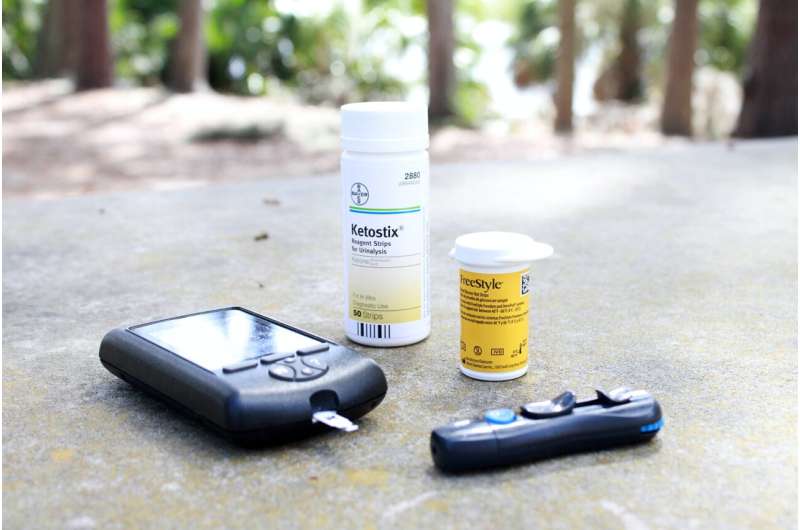More than 8 million people worldwide live with type 1 diabetes, a lifelong condition marked by the loss of insulin-producing beta cells. Without those cells, the body loses its ability to regulate blood glucose, and patients rely on supplemented insulin to avoid life-threatening complications.
Automated insulin delivery systems and continuous glucose monitors have expanded options for many patients. Even with intensive insulin therapy, most never reach recommended glycemic targets.
For patients with impaired hypoglycemia awareness, who cannot detect falling glucose levels, the margin for error is dangerously narrow.
Transplants of pancreatic islets or whole organs can restore physiologic glycemic control. Yet those procedures depend on donor tissue, and many recipients require multiple grafts from separate donors to reach partial insulin independence. Consistent, scalable methods to replace beta cells have not been available.

